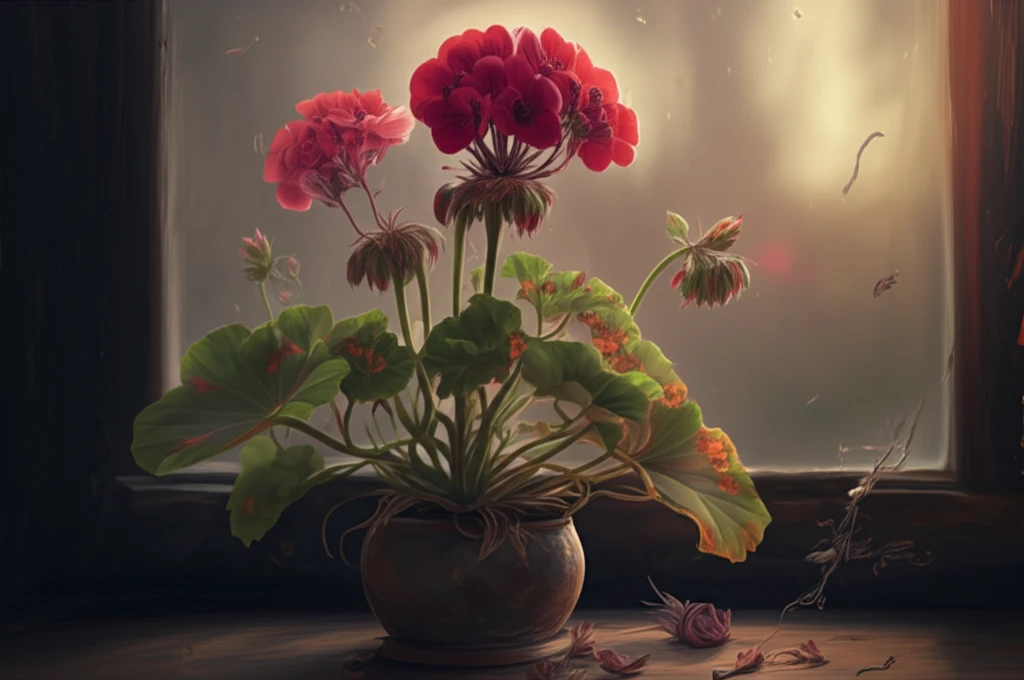
Geranium Rust Alert: What You Need to Know to Protect Your Plants
"A new threat to geraniums has been identified in Korea, but understanding the disease can help you safeguard your garden."
Geraniums are beloved for their vibrant colors and versatility, adorning both indoor and outdoor spaces worldwide. However, these popular plants are now facing a new threat: geranium rust. Recently identified in Korea, this fungal disease, caused by Puccinia pelargonii-zonalis, can quickly impact the health and appearance of your geraniums.
This article will guide you through understanding geranium rust, from identifying its symptoms to implementing effective management strategies. Whether you're an experienced gardener or a novice plant enthusiast, knowing how to protect your geraniums from this emerging threat is essential.
Let's dive into the details of geranium rust and discover how you can keep your plants thriving.
Identifying Geranium Rust: Spotting the Early Signs

Early detection is crucial in managing any plant disease, and geranium rust is no exception. The initial symptoms of geranium rust are subtle but distinctive. Keep an eye out for the following:
- Rusty-Brown Spores: The lesions will develop into rusty-brown pustules as spores are produced. These pustules eventually rupture, releasing spores onto the leaf surface.
- Yellow Spots on Topside: Yellow lesions may appear on the upper surface of the leaves, directly opposite the pustules on the underside.
- Microscopic Confirmation: If you have a magnifying glass, inspect the spores. Under magnification (400x), Puccinia pelargonii-zonalis spores appear globose to ovoid, light brown, and have a textured surface (echinulate). They also have two or more noticeable pores near their equator.
Protecting Your Geraniums: A Call to Action
Geranium rust poses a significant threat to geranium production. By staying informed and proactive, you can protect your plants and contribute to the overall health of your garden. Regular inspection, proper sanitation, and timely intervention are your best defenses against this emerging threat. Let's work together to keep our geraniums thriving for years to come.
